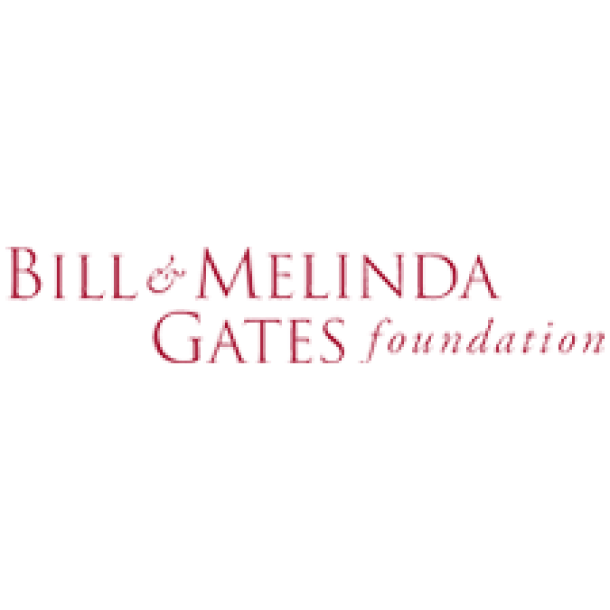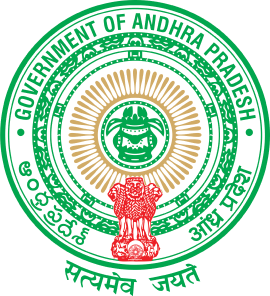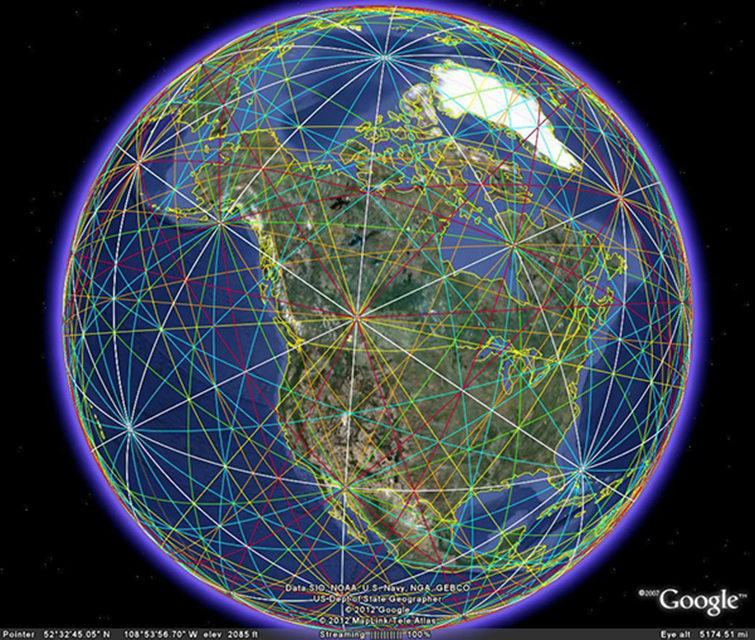
Today, if governments understand the real power of data, advanced databases can be created to quickly map and address all kinds of public problems. Data helps extend the reach of government schemes, insights can be generated from data and building transparent data systems eliminates frauds and leakages. The thirst for data will only increase with time.
Data creates a single version of the truth that is indisputable. The benefit of having all parts of a multi-layered government machinery synced to one data-set can lead to better resource allocation, better policy planning and programme management, leading to better outcomes for citizens. Faulty decisions based on outdated information can be avoided and accurate status of ongoing activity is made available. Along with the GSWS Department of Government of Andhra Pradesh, Data.org and NRLM, GDi is putting in place better cutting-edge data practises in India.
Scheme Dashboards & Data Sanity Checks
Hygiene checks and anomalies identification are regularly undertaken to judge the sanity of the available data and suggest corrective actions. A central dashboard was developed to continuously monitor the performance and reach of various DBT schemes implemented by the department.
Credit leaks are eliminated if transparency of data becomes a precedent. Through a scheme-wise analysis, inclusion and exclusion errors during scheme delivery are prevented.
Landscaping of Data in Social Sector
Through surveys and consistent interactions with social sector players of varying scale, GDi created valuable insights and data on identifying skill sets people are looking for in the social sector as well as analysing the demand and supply dynamics of the social impact sector that holds the key to large scale impact in these times.
Data for Agdev in Africa
Frequent, effective, and low-cost data snapshots provide the basis for immediate action during the life of the project rather than waiting for a midterm or final evaluation. We envision for AgDev a system of consistent, standardized data, which enables regular monitoring not only for individual projects but also for larger missions. Enough data enables comparative analysis and maps hits and misses well. By using common, universal metrics – whether it is climate adaptation, gender inclusion, or income generation –data cuts across categories and geographies and points to interesting differences, similarities, strengths, and opportunities to improve.
“ Chance to identify and eliminate inclusion and exclusion errors in scheme delivery has been the most satisfying work in the project. A simple code error could have made over 5,000 beneficiaries, who were otherwise eligible, ineligible for a particular financial assistance scheme. We were able to identify the error in time and prevent this exclusion error from creeping in ”











